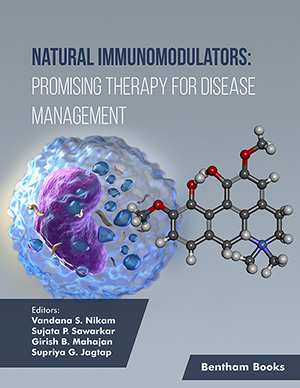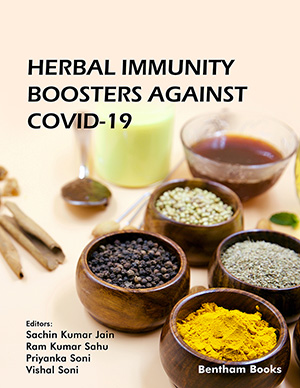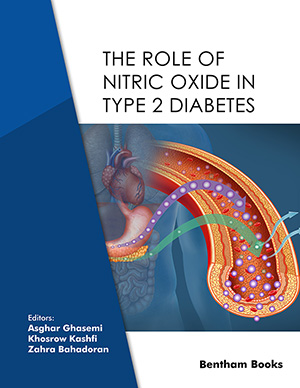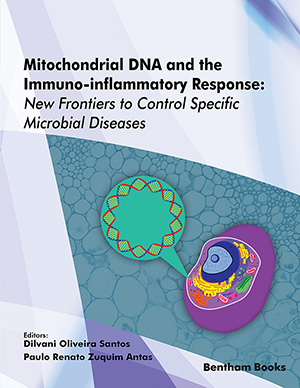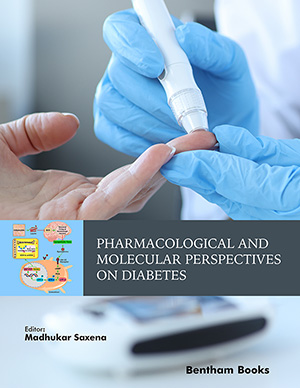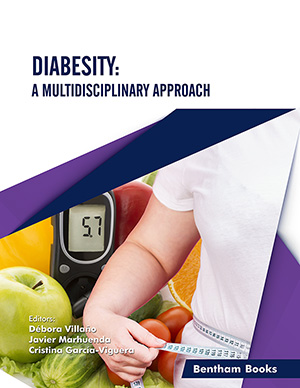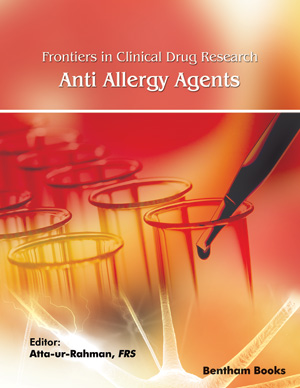
Abstract
Background: Uncontrolled thyrotoxicosis, especially in early infancy, may cause irreversible damage to the central nervous system as well as profound effects on the function of many organs. Thyrotoxicosis has multiple etiologies and treatment depends on the underlying etiology. An accurate diagnosis is essential so that appropriate treatment can be initiated without undue delay.
Objective: To review in depth the evaluation, diagnosis, and treatment of children with thyrotoxicosis.
Methods: A PubMed search was completed in Clinical Queries using the key terms "thyrotoxicosis" and “hyperthyroidism”. The search strategy included meta-analysis, randomized controlled trials, clinical trials, observational studies, and reviews. Patents were searched using the key terms "thyrotoxicosis" and “hyperthyroidism” from www.freepatentsonline.com and www.google.com/patents.
Results: Graves' disease accounts for approximately 96% of pediatric cases of thyrotoxicosis. Other causes include Hashitoxicosis, toxic adenoma, toxic multinodular goiter, subacute granulomatous thyroiditis, acute suppurative thyroiditis, pituitary thyroid-stimulating hormone-secreting adenoma, pituitary thyroid hormone resistance, iodine-induced thyrotoxicosis, and drug-induced thyrotoxicosis. Familiarity of the clinical features would allow prompt diagnosis and institution of treatment. The underlying cause of thyrotoxicosis should be treated if possible. Treatment options for Graves' disease include antithyroid medications, radioiodine therapy, and surgery. Recent patents related to the management of thyrotoxicosis are discussed.
Conclusion: Currently, antithyroid medications are considered to be the initial treatment of choice for Graves' disease in the pediatric age group. Radioactive iodine treatment is generally used for children with poor compliance with antithyroid medications, children not in remission after 1 to 2 years of antithyroid medications, and children with a major adverse effect while receiving an antithyroid medication. Total or near-total thyroidectomy should be considered in children younger than 5 years of age who do not respond to or experience a major adverse effect to antithyroid medications. Surgery should also be considered in those with very large goiter, severe ophthalmopathy, pregnancy, persistent hyperthyroidism in spite of treatment with antithyroid medications and radioactive iodine, and personal preference.
Keywords: Antithyroid medication, Graves' disease, Hashitoxicosis, hyperthyroidism, radioactive iodine, subacute granulomatous thyroiditis, thyroidectomy, toxic adenoma, toxic multinodular goiter.
 105
105 4
4















